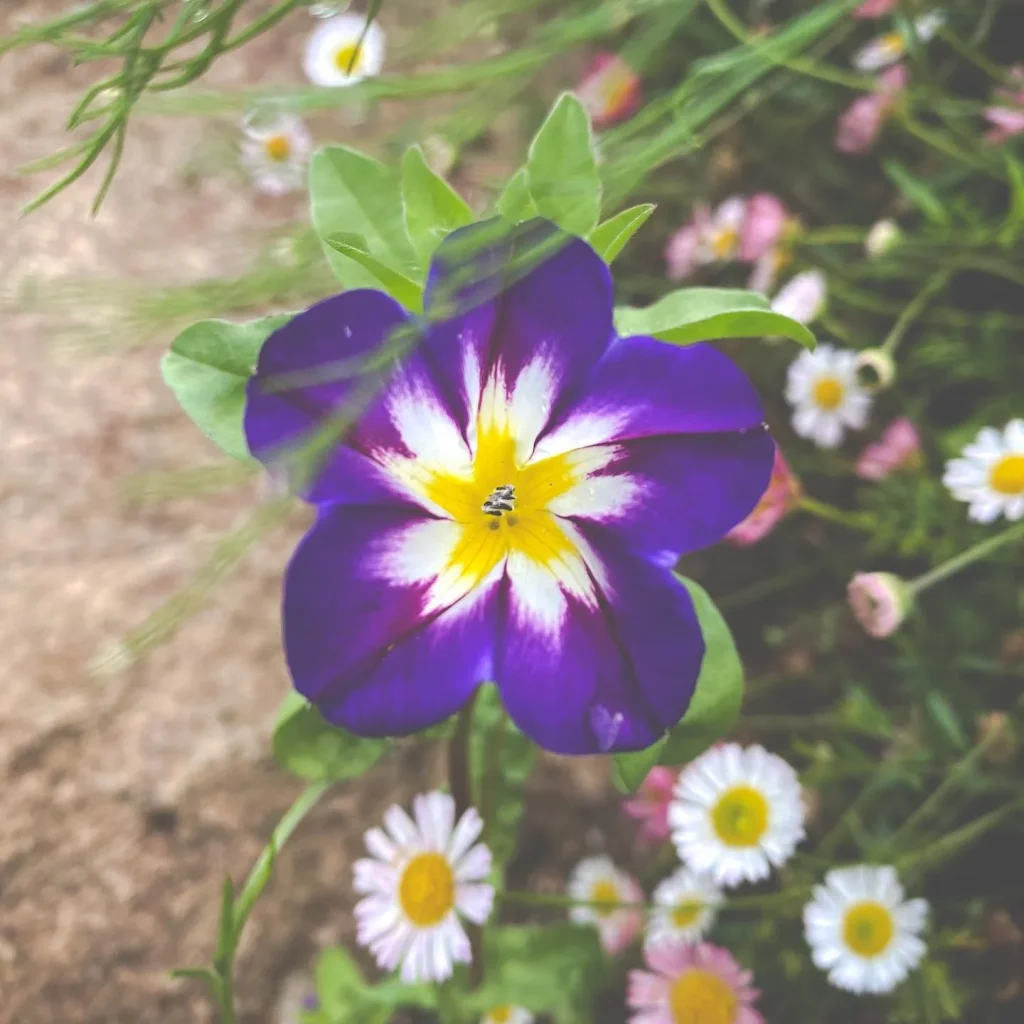FAQs About Euphorbia Blackbird
As an avid gardener and plant enthusiast, I’ve had my fair share of experiences with Euphorbia Blackbird. This intriguing succulent has a lot to offer, but it can also come with its own set of questions. Whether you’re considering adding Euphorbia Blackbird to your collection or are already caring for one, here are some frequently asked questions and my personal insights into this remarkable plant.
2093 Species in Genus Euphorbia
What Is Euphorbia Blackbird?
Euphorbia Blackbird is a striking succulent known for its dark, almost black stems and unique, spiky appearance. It’s a member of the Euphorbiaceae family and is often appreciated for its dramatic color contrast and architectural form. Native to arid regions, this plant thrives in well-drained soil and enjoys a sunny position.
How to Propagate Euphorbia Blackbird?
Propagating Euphorbia Blackbird is quite straightforward. You can propagate this succulent from stem cuttings. Here’s a step-by-step guide based on my own experience:
- Choose a Healthy Plant: Select a mature, healthy Euphorbia Blackbird for cutting.
- Take Cuttings: Use a clean, sharp knife or scissors to take a cutting about 4-6 inches long from the tip of the stem. Ensure it has a few nodes.
- Let It Callous: Allow the cut end to dry and callous over for a few days. This helps prevent rot.
- Plant the Cutting: Place the cutting in a well-draining soil mix. I’ve found a mix of cactus soil and perlite works well.
- Water Sparingly: Water lightly until new growth appears, then gradually increase watering.
How to Prune Euphorbia Blackbird?
Pruning Euphorbia Blackbird is essential to maintain its shape and health. I usually prune this plant to remove dead or damaged stems and to encourage a bushier growth. Here’s how I approach pruning:
- Wear Gloves: Euphorbia Blackbird exudes a milky, latex-like sap that can be irritating. Wearing gloves protects your hands.
- Cut Back Excess Growth: Use sharp, clean scissors to cut back any leggy or overgrown stems. I generally trim just above a node to encourage new growth.
- Remove Dead or Diseased Stems: Cut off any parts that are dead or show signs of disease to prevent problems from spreading.
When to Prune Euphorbia Blackbird?
The best time to prune Euphorbia Blackbird is during the plant’s active growing season, typically in the spring or early summer. Pruning during this time allows the plant to recover quickly and take advantage of the growing season. Avoid pruning during winter, as the plant is usually in a dormant phase and may not recover as well.
Is Euphorbia Blackbird Poisonous to Pets?
Yes, Euphorbia Blackbird is toxic to pets. The milky sap contains compounds that can cause irritation or more serious reactions if ingested. If you have pets, it’s crucial to place this plant out of their reach. Symptoms of toxicity can include vomiting, drooling, and digestive upset. In case of exposure, contact your veterinarian immediately.
How to Care for Euphorbia Blackbird?
Proper care is essential for keeping Euphorbia Blackbird healthy. Here are some key points based on my personal experience:
- Light: Euphorbia Blackbird thrives in bright, indirect light. A south-facing window is ideal. Too much direct sunlight can scorch its stems.
- Watering: Allow the soil to dry out completely between waterings. Overwatering can lead to root rot.
- Soil: Use a well-draining cactus or succulent mix to prevent waterlogging.
- Temperature: It prefers warmer temperatures but can tolerate mild cold spells. Keep it in a range of 60-75°F (15-24°C).
What to Plant With Euphorbia Blackbird?
Euphorbia Blackbird pairs well with other drought-tolerant plants. In my garden, I’ve combined it with various succulents like Aloe Vera, Haworthia, and Sedum. These companions have similar water and light needs, making them ideal partners. You can also use it as a striking contrast plant in mixed containers or rock gardens.
Can You Grow Euphorbia Blackbird Indoors?
Yes, Euphorbia Blackbird can be grown indoors. It makes a stunning addition to indoor plant collections due to its unique appearance. Just ensure it gets enough light and isn’t overwatered. An east or south-facing window is typically best for indoor growth.
Benefits of Growing Euphorbia Blackbird
Beyond its visual appeal, Euphorbia Blackbird offers several benefits:
- Low Maintenance: It requires minimal care, making it suitable for busy individuals or those new to succulents.
- Air Purification: Like many succulents, it can help improve indoor air quality by filtering out pollutants.
- Architectural Interest: Its dramatic appearance adds a unique architectural element to any plant collection.
Common Problems and Solutions
In my experience, some common issues with Euphorbia Blackbird include:
- Overwatering: This can lead to root rot. To fix it, ensure proper drainage and let the soil dry out thoroughly.
- Pests: Watch for mealybugs and spider mites. Regular inspection and appropriate treatments, like insecticidal soap, can help manage these pests.
- Sunburn: If exposed to too much direct sunlight, the plant may develop sunburn. Move it to a spot with bright, indirect light to remedy this.
Comparing Euphorbia Blackbird with Similar Plants
Euphorbia Blackbird can sometimes be confused with other dark-stemmed succulents, such as Euphorbia Characias or Euphorbia Aeruginosa. While they share some similarities, Euphorbia Blackbird’s stems are darker and more slender, and it typically has a more compact growth habit compared to these other varieties.
In conclusion, Euphorbia Blackbird is a fascinating and relatively low-maintenance plant that can add a lot of character to your space. With the right care and attention, it can thrive and be a standout feature in any plant collection.
If i die, water my plants!



